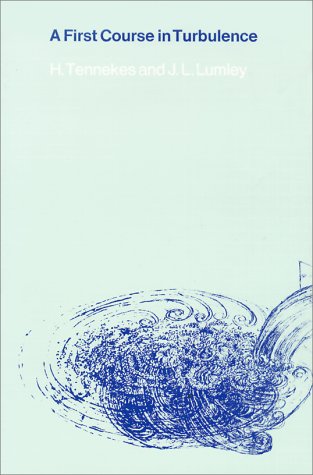The MIT Press
2 total works
From the smallest gnat to the largest aircraft, all things that fly obey the same aerodynamic principles. In The Simple Science of Flight, Henk Tennekes investigates just how machines and creatures fly: what size wings they need, how much energy is required for their journeys, how they cross deserts and oceans, how they take off, climb, and soar. Fascinated by the similarities between nature and technology, Tennekes offers an introduction to flight that teaches by association. Swans and Boeings differ in numerous ways, but they follow the same aerodynamic principles. Biological evolution and its technical counterpart exhibit exciting parallels. What makes some airplanes successful and others misfits? Why does the Boeing 747 endure but the Concorde now seem a fluke? Tennekes explains the science of flight through comparisons, examples, equations, and anecdotes. The new edition of this popular book has been thoroughly revised and much expanded. Highlights of the new material include a description of the incredible performance of bar-tailed godwits (7,000 miles nonstop from Alaska to New Zealand), an analysis of the convergence of modern jetliners (from both Boeing and Airbus), a discussion of the metabolization of energy featuring Lance Armstrong, a novel treatment of the aerodynamics of drag and trailing vortices, and an emphasis throughout on evolution, in nature and in engineering. Tennekes draws on new evidence on bird migration, new wind-tunnel studies, and data on new airliners. And his analysis of the relative efficiency of planes, trains, and automobiles is newly relevant. (On a cost-per-seat scale, a 747 is more efficient than a passenger car.)
This is the first book specifically designed to offer the student a smooth transitionary course between elementary fluid dynamics (which gives only last-minute attention to turbulence) and the professional literature on turbulent flow, where an advanced viewpoint is assumed.
The subject of turbulence, the most forbidding in fluid dynamics, has usually proved treacherous to the beginner, caught in the whirls and eddies of its nonlinearities and statistical imponderables. This is the first book specifically designed to offer the student a smooth transitionary course between elementary fluid dynamics (which gives only last-minute attention to turbulence) and the professional literature on turbulent flow, where an advanced viewpoint is assumed. Moreover, the text has been developed for students, engineers, and scientists with different technical backgrounds and interests. Almost all flows, natural and man-made, are turbulent. Thus the subject is the concern of geophysical and environmental scientists (in dealing with atmospheric jet streams, ocean currents, and the flow of rivers, for example), of astrophysicists (in studying the photospheres of the sun and stars or mapping gaseous nebulae), and of engineers (in calculating pipe flows, jets, or wakes). Many such examples are discussed in the book. The approach taken avoids the difficulties of advanced mathematical development on the one side and the morass of experimental detail and empirical data on the other. As a result of following its midstream course, the text gives the student a physical understanding of the subject and deepens his intuitive insight into those problems that cannot now be rigorously solved. In particular, dimensional analysis is used extensively in dealing with those problems whose exact solution is mathematically elusive. Dimensional reasoning, scale arguments, and similarity rules are introduced at the beginning and are applied throughout. A discussion of Reynolds stress and the kinetic theory of gases provides the contrast needed to put mixing-length theory into proper perspective: the authors present a thorough comparison between the mixing-length models and dimensional analysis of shear flows. This is followed by an extensive treatment of vorticity dynamics, including vortex stretching and vorticity budgets. Two chapters are devoted to boundary-free shear flows and well-bounded turbulent shear flows. The examples presented include wakes, jets, shear layers, thermal plumes, atmospheric boundary layers, pipe and channel flow, and boundary layers in pressure gradients. The spatial structure of turbulent flow has been the subject of analysis in the book up to this point, at which a compact but thorough introduction to statistical methods is given. This prepares the reader to understand the stochastic and spectral structure of turbulence. The remainder of the book consists of applications of the statistical approach to the study of turbulent transport (including diffusion and mixing) and turbulent spectra.

